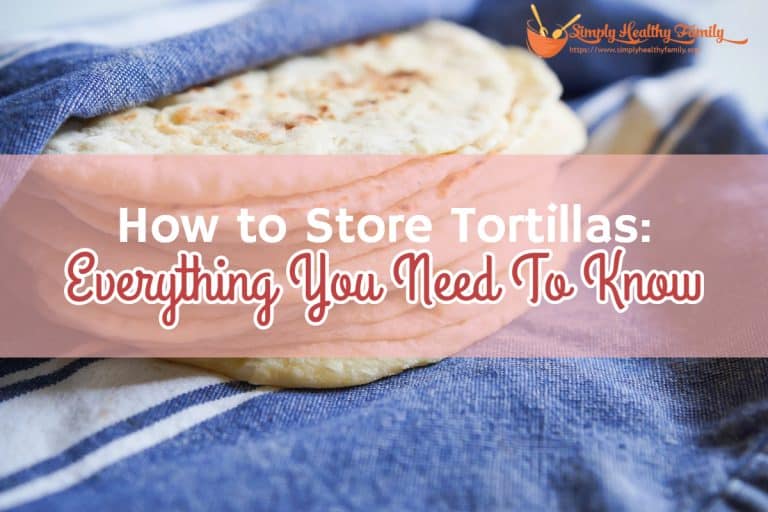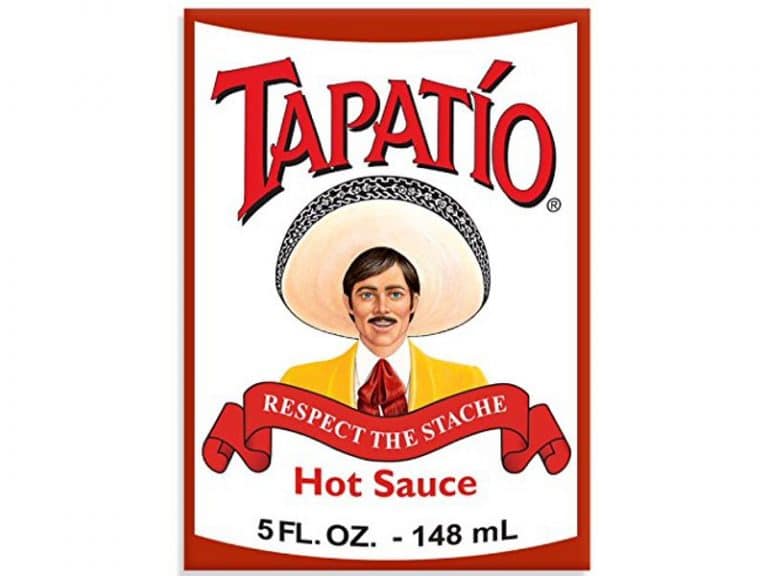What Do Lentils Taste Like? Why Should You Eat More Lentils?
Are you one of those people who has resolved to eat more healthy foods this year? If so, one food that I would recommend is lentils. This is a protein and fiber-packed legume variety that is consumed by millions of people around the world.
Naturally, you would ask “What do lentils taste like?” You would also wonder if other people like your spouse or kids would like it. Let’s deal with these questions in this article.
Related Reading: What Do Capers Taste Like?
What are lentils?

Lentils are one of the widely consumed legumes in human history. This is one of the earliest crops domesticated by our ancestors. In fact, archaeological evidence suggests that lentils were eaten as early as the Stone Age.
Lentil seeds are small and shaped like the lens. Their colors range from yellow, green, black, brown and red-orange.
What’s their taste?

The taste of lentils varies depending on their color or variation.
The brown lentils, for example, have a mild earthy flavor. This is the type of lentil that you would usually see at your local markets. Look for the Beluga lentils, or the darkest and tiniest brown lentils, if you want to have a taste of legumes with rich and deep earthy notes.
I usually use brown lentils for soups, stews and side dishes. They’re great when served along with pasta and grains. You can also use them in making meatloaf and burgers.
Green lentils, meanwhile, have a mild peppery flavor. What I like about this type is their ability to sustain a firm texture even after you cook them for 30 to 45 minutes. This explains why green lentils are best used for salads and side dishes.
The red lentils, or those colored red, gold and orange, have the sweetest flavors. I also find them very nutty. You can cook them in less than 30 minutes.
This is the kind of lentils you would usually see in Indian and Middle Eastern dishes. They’re also used in thickening soups.
What are the health benefits of eating lentils?

There are plenty of health benefits of incorporating lentils in your diet. Lentils are one of those few foods that are packed with fiber, protein and essential vitamins and minerals. It’s really a super food by any definition.
Lentils are an excellent source of fiber. In fact, a single cup of cooked lentils already has 16 grams of dietary fiber. This represents 63 percent of the recommended daily fiber allowance for an adult man.
Your digestive system will improve when you regularly eat lentils. Because it is rich in fiber, lentils can help you become more regular. You can also lower your risks of colon, breast, and throat cancer thanks to lentils.
Lentils are also packed with proteins. A cup of cooked lentils has 18 grams of protein. But what makes lentils different from other sources of protein such as pork, beef, and poultry, is that these legumes are low in saturated fats and cholesterol.
So if you want to increase your protein intake without increasing your cholesterol, lentils should be the food to eat and not meat!
When you consume a cup of cooked lentils, you will get nearly 400 micrograms of folate which is almost 100 percent of the daily requirement for this vitamin. Also known as vitamin B-9, folate promotes energy metabolism and a healthy nervous system.
Lentils are also rich in iron, which our bodies need in producing red blood cells. Iron deficiency can lead to anemia and even neurological problems such as ADHD.
How to store lentils

Aside from being easy to cook, one of the reasons why lentils have been eaten for many centuries now is that these legumes have an indefinite shelf life. While the color may fade a bit, the flavor of lentils won’t deteriorate over time.
I suggest, though, that you store lentils in an airtight container or a sealed package. Then place the container in a cool, dry place. Use dried lentils within one year after you bought them.
You can also store cooked lentils in the refrigerator, with the food remaining safe for consumption up to a week. Just make sure that you store it in a sealed container.
If you want the lentils to have a longer shelf life, you can freeze the legumes. This can extend the shelf life up to six months. But be careful in reheating the lentils as they could fall apart if not handled properly.
Conclusion

Didn’t I tell you that lentils are one of the most nutritious foods known to man? As you have learned, lentils are packed with fiber and protein. It is also rich in vitamins and minerals that promote a healthy body.
Moreover, lentils are very easy to cook. And yes, they’re very delicious too! I really can’t see any reason why you should not eat incorporate lentils in your diet.






